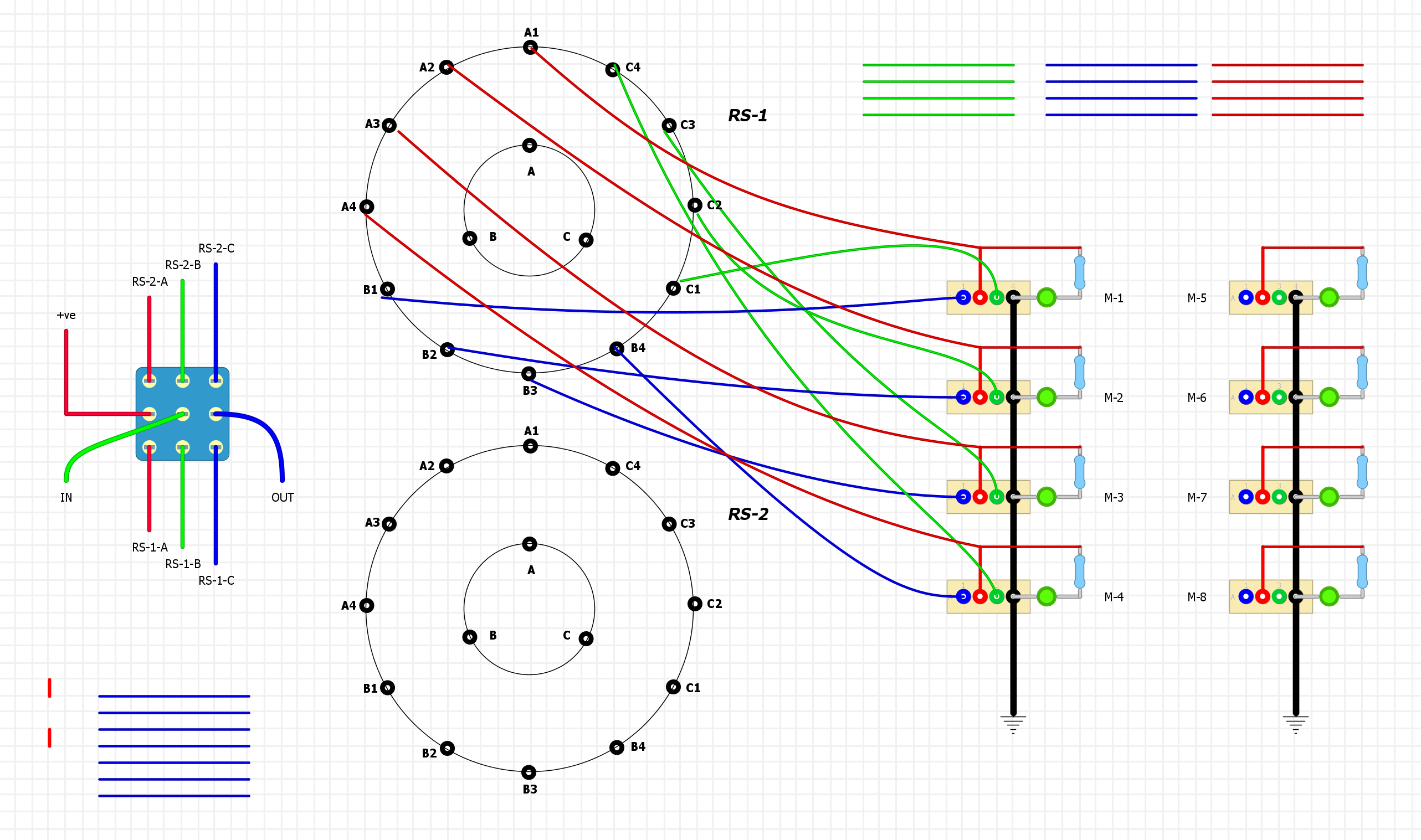True bypass. Provide power only when pedal is engaged
|
Until now, all true bypass pedals I've come acrossed power the circuit wheter or not the effect is engaged. Why not use the switch to provide power to the circut only when the effect it's in engaged? And leave it alone when it is in bypass. That could be pretty easy...What do you think about it? I can't find disadvantges to it if you have enough free pins in the switch in order to do it. |
|
Administrator
|
The problem is that it will make some annoying sound when you switch the pedal on. It would usually be silent when you switch the effect on, then the effect will fade in as the filter cap charges up. It could also make a loud pop, etc.
For a digital pedal they usually don't work at all below a certain voltage so that would probably be silent and then jump into action most likely with a nice pop |
|
Interesting question. I suppose the need to kill the power when not in use would be much more applicable to battery-powered effects. I always forget to unplug the input cables to my battery-powered effects, and thus end up draining the batteries unnecessarily.
 To prevent this, you could add a kill switch which would disable the battery when you still have the pedal wired up on your pedal board and can't conveniently unplug the cables. Maybe also, you could consider an auto-shutoff feature which would shut off the power when the pedal is switched in bypass for more than a few minutes, but that would probably be overkill. To prevent this, you could add a kill switch which would disable the battery when you still have the pedal wired up on your pedal board and can't conveniently unplug the cables. Maybe also, you could consider an auto-shutoff feature which would shut off the power when the pedal is switched in bypass for more than a few minutes, but that would probably be overkill.
But if you are plugged into a wall wart, it doesn't cost much to keep an effect running. Here's quick calculation. Assume a 10 mA effect (like TS-9) through 9V = 90 mW. Round up to 100 mW or 0.1 W. To consume 1 kW-hr of electric energy, you would therefore need to run the pedal for 1000 W-hr/0.1 W = 10,000 hrs. With 8760 hr/year, that's 1.142 years! Where I live, 1 kw-hr costs about 20 cents US. Of course, for more power hungry pedals, this would go down to as low as perhaps 1000 hrs, but still...pretty cheap to run. |
|
I've been having thoughts about Muffs, fancied a nice rack full of muffs (i like to mount my circuits in several racks, saves space as they are only for me). I drew up some rough ideas using 3P4T Rotary Sw,
just to select one at a time (two muffs at once is too much for most people) it only supplies power to the one in use, the diagram shows 2x Rotaries & a 3PDT Toggle to switch between them so I can have eight (OctoMuff?). I hope this gives you some ideas. If any one is interested in going the rack mount way look for old LAN Switches that can be picked up between £5 - £10 from Computer Suppliers etc..  If you've been affected by the issues in this Post, Please contact Mike Matthews, thank you. |
|
In reply to this post by Travis
I've got an effect built into my guitar that I activate with a 3PDT switch. Two rows for true bypass switching, the other row to turn the power on. I thought I was very clever at the time. It does cause a big pop when I activate the circuit. Best solution is a separate switch for power (or ground) only. It's not elegant, but it will serve battery power when not in use and if you switch on the power first, before the circuit chances of major pops happening will go down. |
«
Return to Open Chat
|
1 view|%1 views
| Free forum by Nabble | Edit this page |

